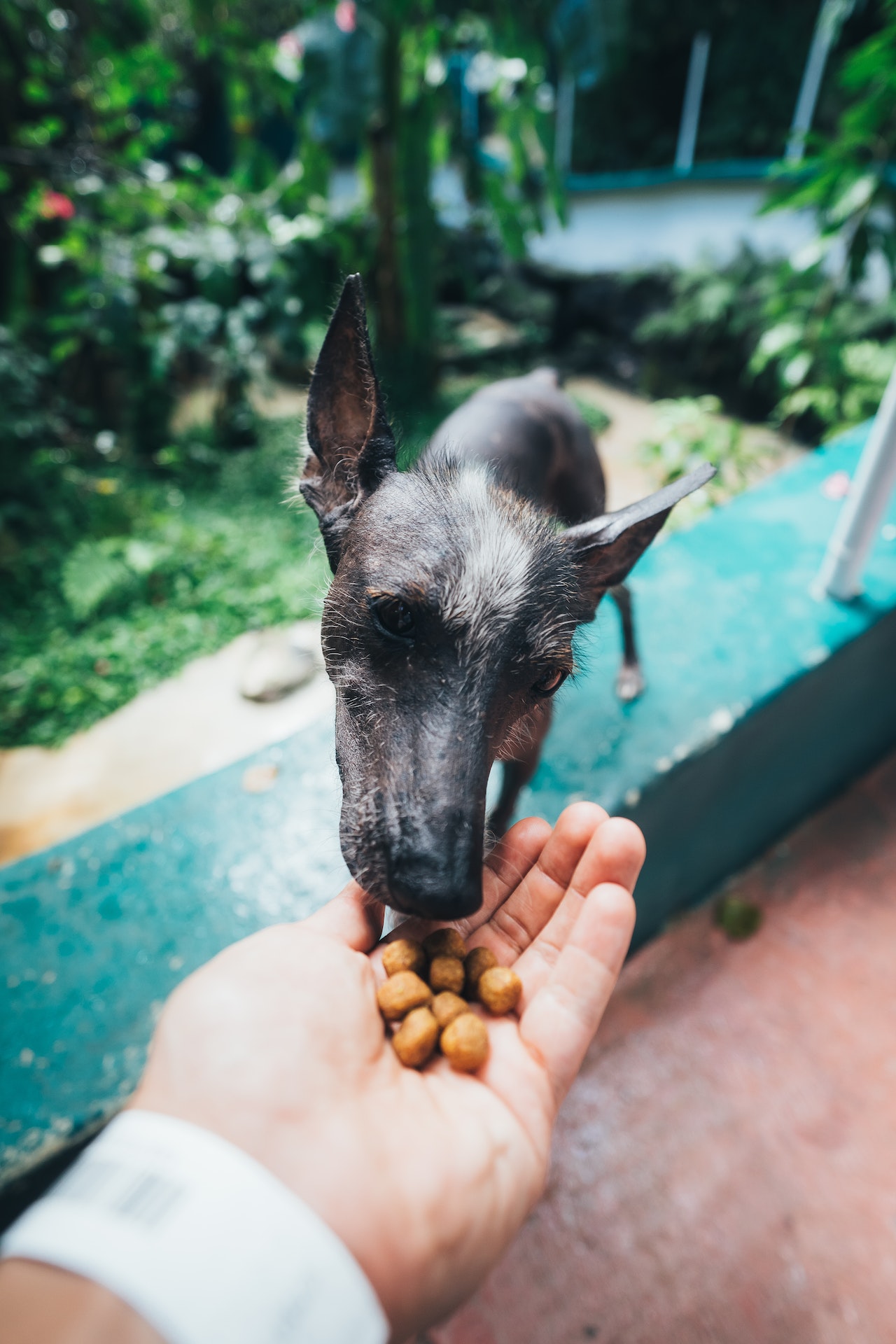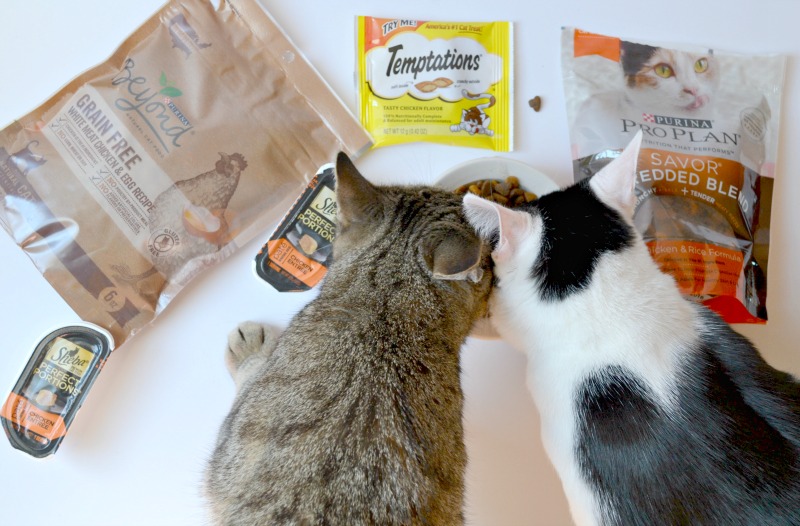How Much Food Should My Dog Eat?
Determining the right amount of food for your dog is essential for their overall health and well-being. Feeding them too much can lead to obesity, while feeding too little can result in malnourishment. Several factors, including your dog’s age, size, breed, activity level, and metabolism, influence their nutritional needs. In this article, we will guide you on how to determine the appropriate amount of food for your furry friend.
Consult with Your Veterinarian
Your veterinarian is the best resource for determining your dog’s specific dietary needs. They can consider your dog’s individual characteristics and provide tailored guidance on portion sizes. Schedule a visit with your veterinarian to discuss your dog’s current weight, body condition, activity level, and any specific health considerations.
Follow Feeding Guidelines
Dog food manufacturers provide general feeding guidelines on their packaging. These guidelines usually suggest an amount based on your dog’s weight. While these guidelines can be helpful, they are not one-size-fits-all. Use them as a starting point, but be prepared to make adjustments based on your dog’s unique needs. You can find out more guidelines in thepetfoodguide site.
Consider Life Stage and Activity Level
Different life stages and activity levels require different amounts of food. Puppies, for example, need more food than adult dogs due to their rapid growth. Similarly, highly active dogs or working dogs may require additional calories to fuel their energy needs. Conversely, senior dogs or less active dogs may need fewer calories to maintain a healthy weight. Take these factors into account when determining portion sizes.
Monitor Body Condition Score
One of the most reliable ways to assess your dog’s weight and feeding needs is by monitoring their body condition score (BCS). BCS is a visual and tactile evaluation of your dog’s body fat and muscle condition. It is typically rated on a scale of 1 to 9, with 1 being emaciated and 9 being obese. Aim to keep your dog at a BCS of 4 to 5, which indicates a healthy weight. Adjust their food intake accordingly to maintain this score.
Adjust for Weight Management
If your dog is overweight or underweight, you may need to adjust their food intake to manage their weight. If your dog needs to lose weight, consult with your veterinarian to determine the appropriate calorie reduction. Gradually decrease the portion size and monitor their weight regularly. If your dog needs to gain weight, your veterinarian may recommend increasing the food portion or switching to a higher-calorie diet.
Pay Attention to Calorie Density
Different dog foods have varying calorie densities. Some foods may require larger portions to provide the necessary calories, while others may require smaller portions. Read the calorie information on the food packaging and calculate the daily calorie requirement based on your dog’s needs. Divide this by the calorie content per cup of the food to determine the appropriate portion size.
Consider Treats and Extras
Keep in mind that treats and extras, such as table scraps, can contribute to your dog’s overall calorie intake. Limit treats to prevent overfeeding and consider using healthy, low-calorie options. Remember to adjust the main meal portion sizes accordingly to account for any additional calories from treats or extras.
Observe Your Dog’s Response
While guidelines and calculations are helpful, it’s crucial to observe your dog’s response to their current food portion. Monitor their weight, body condition, and energy levels. If your dog is maintaining a healthy weight and has consistent energy, their current portion size is likely appropriate. If they are gaining weight or seem hungry all the time, you may need to reduce or increase their food intake, respectively.
Regularly Reassess and Consult with Your Veterinarian
Your dog’s nutritional needs may change over time, so it’s important to reassess their portion sizes periodically. Regularly consult with your veterinarian to monitor their weight and body condition, especially as they transition through different life stages. Your veterinarian can provide ongoing guidance and make adjustments to their feeding plan as needed.
Determining how much food your dog should eat is a combination of general guidelines, individual needs, and regular monitoring. By considering factors such as life stage, activity level, and body condition, you can ensure that your dog receives the appropriate amount of food to maintain a healthy weight and live a happy, active life.


